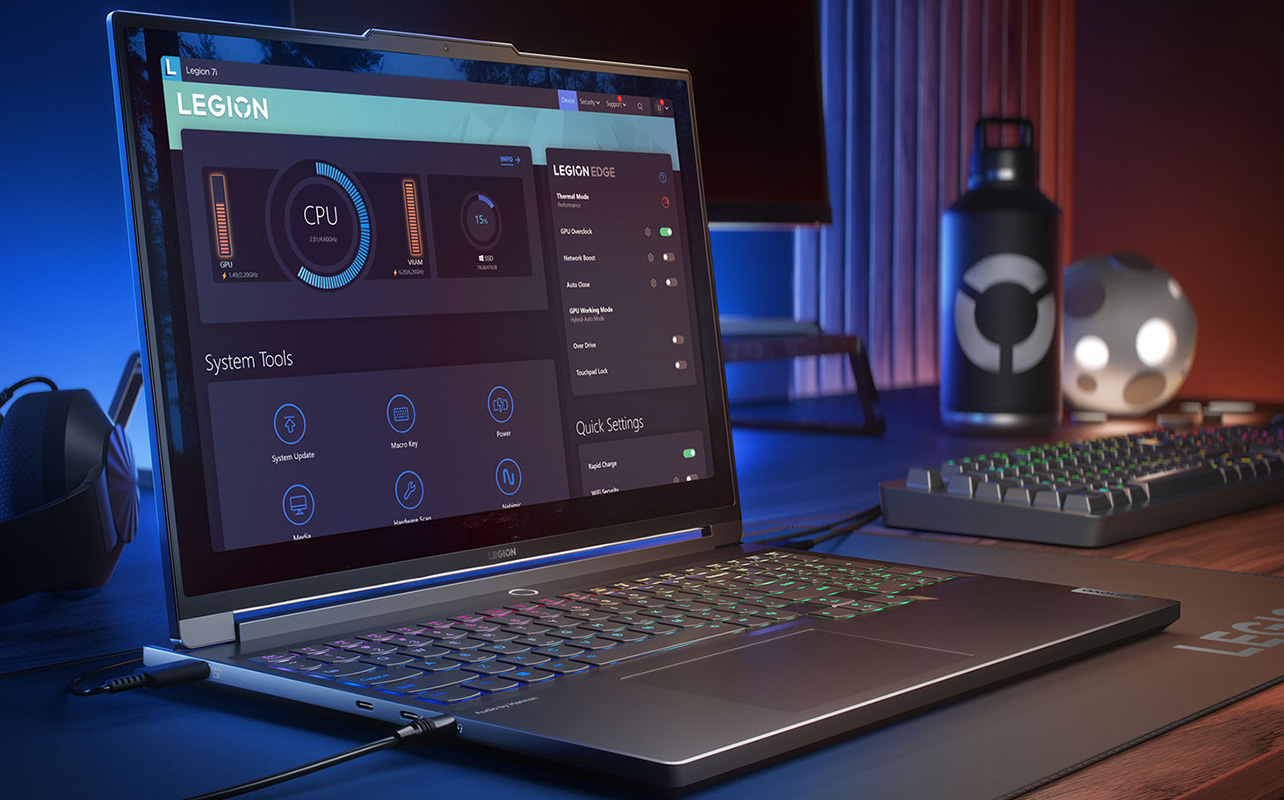
There’s a special kind of anticipation the first time you open a game on a new gaming laptop. The loading screen flickers, the fans hum, and suddenly you’re dropped into a world that feels alive. The difference between a laptop built for browsing and one built for gaming is night and day. With so many options, from budget-friendly machines to hulking desktop replacements, how do you know which one is right for you?
This guide is designed to cut through that noise. Whether you’re hunting for a reliable gaming laptop under $1,500 or dreaming of a powerhouse with the latest RTX 50-series GPU, we’ll walk you through the choices that matter most, so your next gaming adventure starts on the right foot.
Check out my recommendations by budget, each showing what you can expect and which models stand out.
Quick snapshot: Best gaming laptop by budget
Before we dive into the details, here’s a snapshot of my top picks:
| Budget range | Top picks |
| Best budget gaming laptops (under $1,500) | • Acer Nitro 5 / Nitro V 15 • MSI Thin 15 • HP Victus 15/16 • ASUS V16 |
| Best mid-range gaming laptops ($1,500–$2,000) | • ASUS TUF A15 • MSI Sword 16 • HP Omen 16 |
| Best premium gaming laptops ($2,000–$3,000) | • Alienware Aurora 16 • Lenovo Legion 7i 16 • ASUS ROG Strix G16 • HP Omen Max 16 |
| Ultra-premium and desktop-replacement gaming laptops ($3,000+) | • HP Omen 16 Max • MSI Raider 18 HX • ASUS ROG Zephyrus G16 • ASUS ROG Strix SCAR 18 |
How to choose a gaming laptop: here are some key criteria
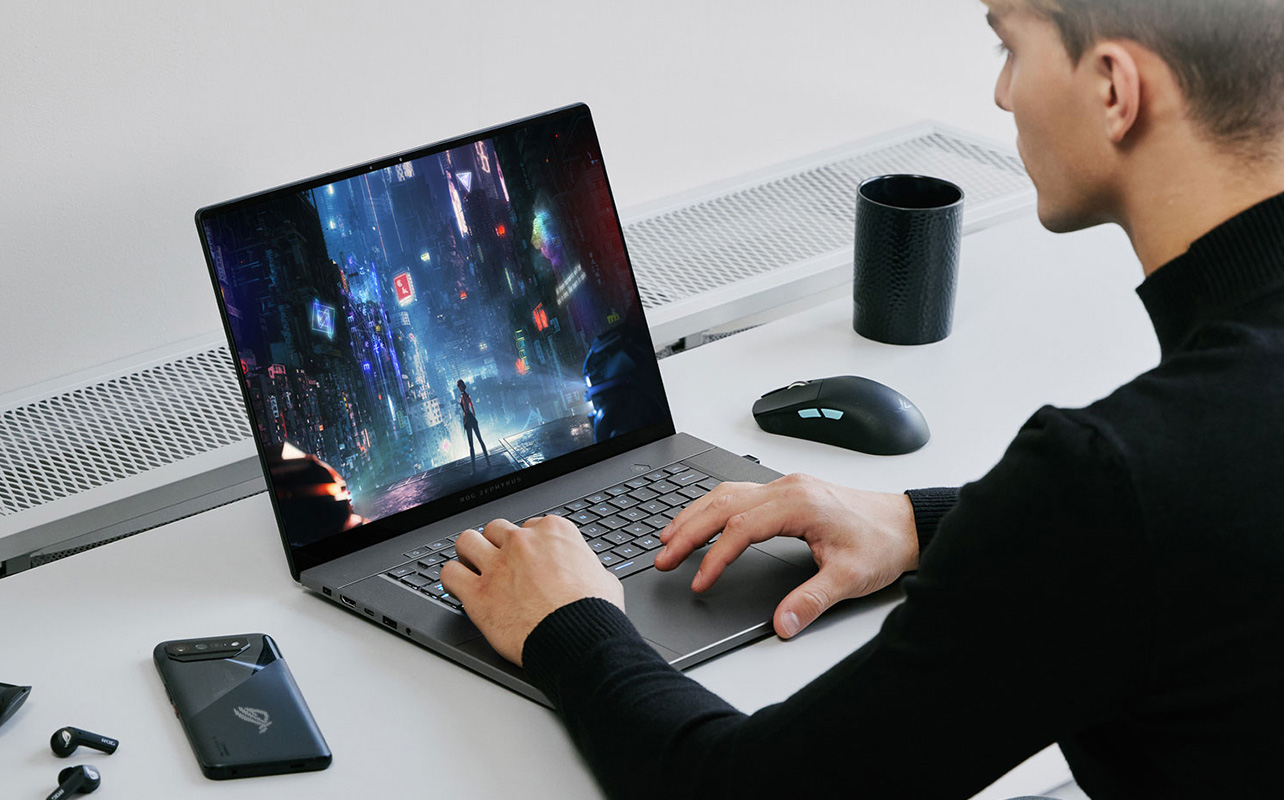
It helps to understand the features that truly define a good gaming laptop. Think of this as your checklist, how each of these elements plays a role in how smooth your games run, how long the laptop lasts, and how enjoyable the experience feels overall.
Graphics card (GPU)
The GPU is the single most important part of a gaming laptop. It’s what transforms complex code into the visuals you see on screen. NVIDIA’s RTX 40-series dominates the current budget and mid-range, offering excellent frame rates and features like ray tracing (which simulates realistic lighting) and DLSS (AI-driven image upscaling for smoother performance).
The new RTX 50-series, meanwhile, represents the cutting edge, appearing in premium and ultra-premium models with even higher frame rates and better efficiency. If gaming is your main priority, always check the GPU first.
Processor (CPU)
The CPU is like the director of a movie it manages the flow of everything happening behind the scenes. For games that rely heavily on physics, open worlds, or multitasking (like streaming while gaming), a strong CPU matters. Options like Intel Core i5/i7/i9 or AMD Ryzen 5/7/9 are common. The newest Intel Core Ultra chips and Ryzen AI processors even integrate built-in AI to manage power and performance.
RAM (memory)
RAM gives your laptop the breathing space it needs to run multiple tasks. For gaming in 2025, 16GB RAM is the sweet spot, ensuring smooth play in modern titles. Some budget systems still ship with 8GB, but this can limit performance, especially in newer AAA games. On the other end, 32GB+ RAM is ideal for heavy multitasking, running multiple apps while gaming, or if you also use your laptop for creative work like video editing.
Storage
Some games are over 100GB each. That’s why fast and spacious storage is a must. SSD drives (especially NVMe SSDs) drastically cut down load times compared to old hard drives. At minimum, you want 512GB SSD, but 1TB or more is preferable if you install lots of games. Some laptops let you add a second SSD later, which is a smart way to future-proof.
Display
The screen is your window into every game, so don’t overlook it. Consider the following specs:
- Resolution: 1080p is common and works well for most gamers. Higher resolutions like 1440p (QHD) or 4K offer sharper visuals but need stronger GPUs.
- Refresh rate: This measures how many frames per second your screen can show. Look for 120Hz, 144Hz, or 165Hz+ for smooth, fluid motion. If you play fast-paced shooters, you’ll notice the difference immediately.
- Panel type: Premium laptops now come with OLED or Mini-LED displays, offering richer colours, better contrast, and even HDR support.
Cooling system
High performance generates heat, and heat kills performance if not managed well. A solid cooling system with multiple fans or vapour chambers ensures your laptop can sustain high frame rates without throttling down. Larger laptops (16″–18″) usually have more room for efficient cooling, but even slimmer models today often use smart fan control or liquid metal to keep things cooler.
Portability vs. power
It’s about choosing what fits your lifestyle. Do you need to carry your laptop every day, or will it mostly stay on a desk? Slimmer 14″–15″ gaming laptops are much easier to carry around but usually have slightly lower performance. Larger 16″–18″ models are heavier but deliver desktop-like power and better thermals.
Battery life
Gaming laptops are built for power, not endurance. Even the best ones typically last only a couple of hours while gaming. For everyday use (browsing, streaming), some can stretch to 5–7 hours, especially models with GPU-switching tech (like NVIDIA Advanced Optimus). But for serious gaming, expect to stay plugged in.
Keyboard and audio (extra but important)
The keyboard is your main connection to the game, so pay attention to it. Gaming laptops often have RGB backlighting, deeper key travel, and in premium models, even mechanical switches for a tactile edge.
Audio matters too while budget models may have tinny speakers, higher-end systems now offer Dolby Atmos or Hi-Res certified audio, which adds immersion when you don’t want to use a headset.
Ports and connectivity
Think about what you’ll plug in. A good gaming laptop should have multiple USB ports, HDMI or DisplayPort outputs, Ethernet (RJ45) for stable online gaming, and USB-C/Thunderbolt for modern peripherals. Wi-Fi 6E or newer is another plus for faster wireless connections.
Upgradeability
Not all laptops let you upgrade, but some still allow easy access to RAM and storage slots. This can extend the life of your machine by letting you add more memory or storage down the line, making it a valuable feature for long-term use.
Want to dive deeper into the world of PC gaming beyond laptops? Our PC gaming buying guide covers everything from graphics cards to peripherals.
Best budget gaming laptops (under $1,500)
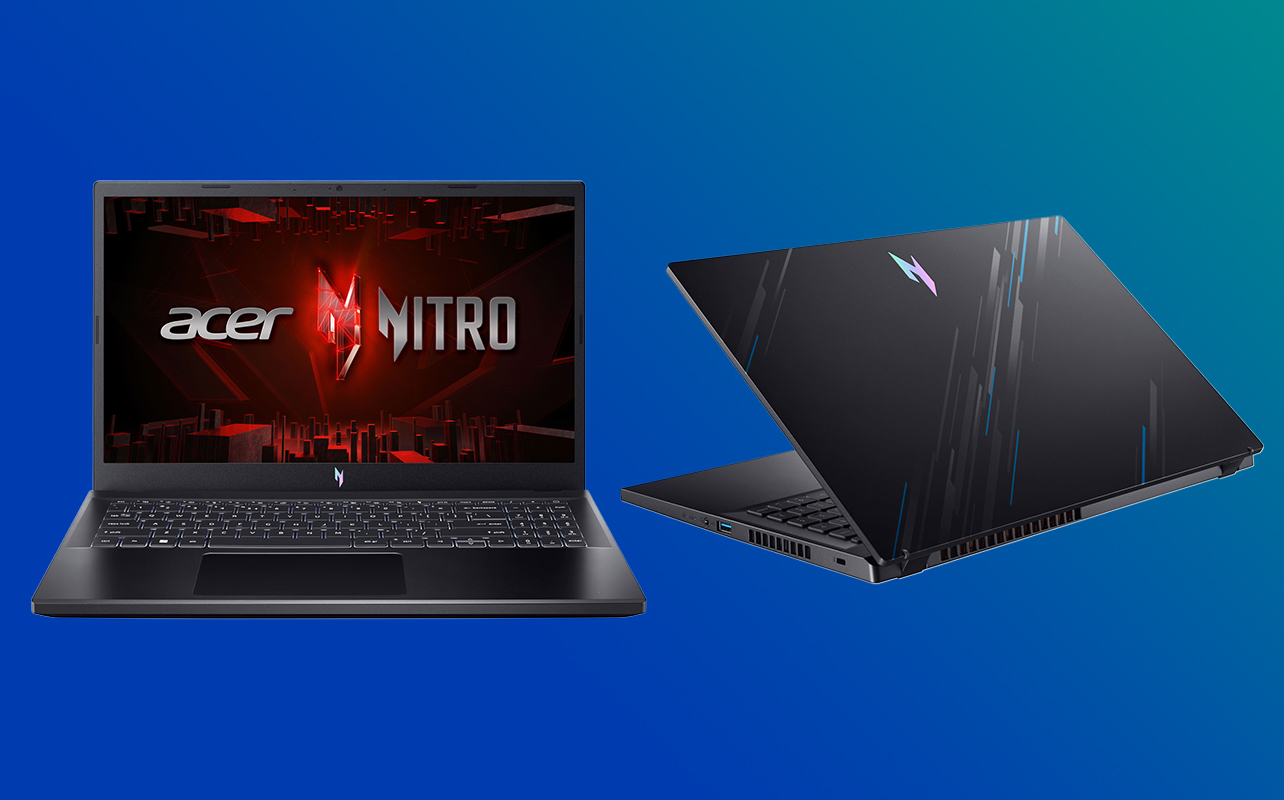
If you’re a casual gamer or student who just wants reliable 1080p performance, you don’t need to overspend. At this level, expect laptops with RTX 3050 or 4050 GPUs, paired with Core i5/Ryzen 5 processors and 8–16GB of RAM. They’re best suited for esports titles like Valorant or Fortnite, and can handle older AAA games at medium–high settings.
Here are some of the top picks:
- Acer Nitro 5 / Nitro V 15: Dependable entry-level models with solid cooling and Ryzen or Intel CPUs alongside RTX 3050/4050 graphics
- MSI Thin 15: Strong value for money with Core i7 + RTX 4050/4060, plus easy upgrade options for RAM and storage
- HP Victus 15/16: Minimalist design, good thermals, and configurations with Ryzen CPUs and RTX GPUs
- ASUS V16: A budget-friendly 16″ option with i7-1240H + RTX 4050 and solid everyday gaming capability
What to expect: Smooth 1080p gameplay, basic plastic chassis, 60–144Hz screens, average audio, and modest battery life a solid starter setup.
Best mid-range gaming laptops ($1,500–$2,000)
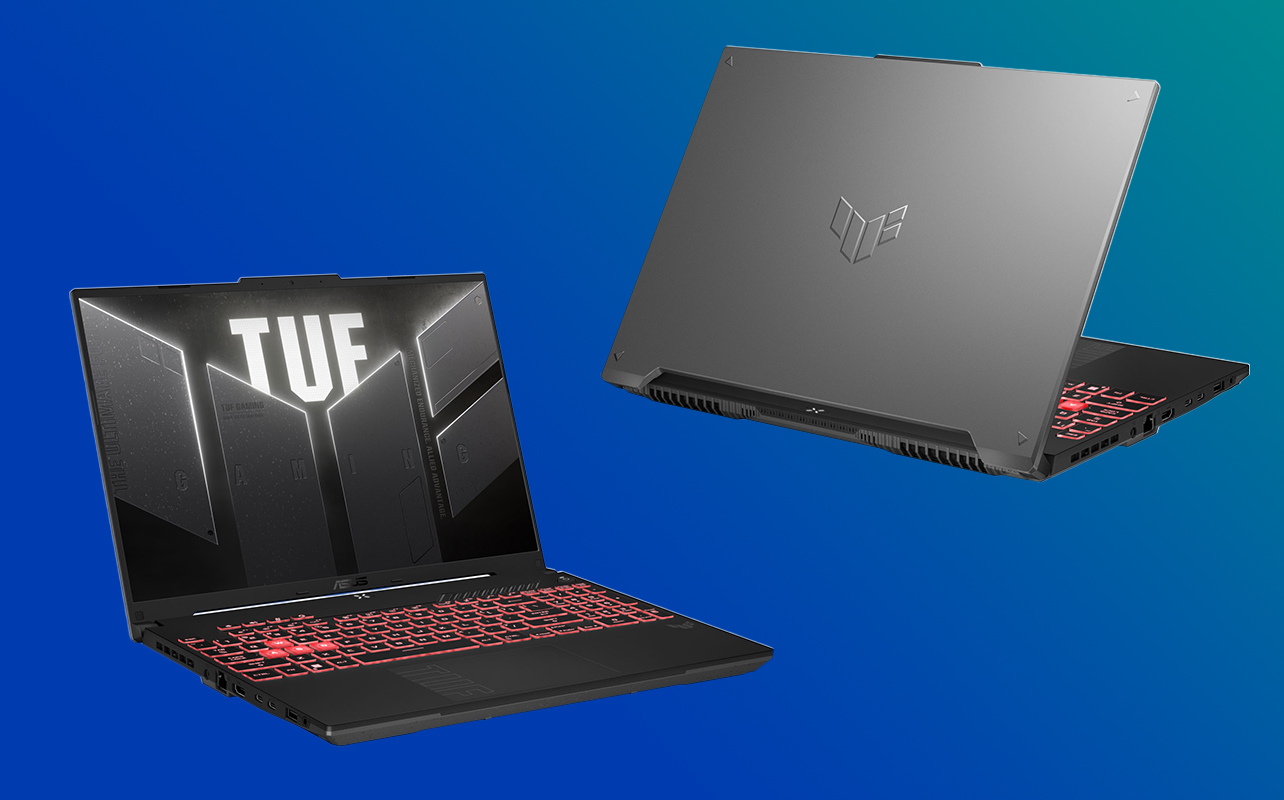
This range is often considered the sweet spot. You’ll find laptops with RTX 4060/4070 GPUs, and newer models starting to appear with RTX 5060/5070 GPUs. Paired with Core i7 or Ryzen 7 processors, 16GB RAM, and sharper displays, these machines handle modern AAA games at high settings while maintaining smoother frame rates.
Here are some of the top picks:
- ASUS TUF A15: Known for durability and strong cooling, often sold with Ryzen 7 + RTX 4060 combos
- MSI Sword 16: Powerful i7 + RTX 4060 combo with reliable cooling for smooth gaming
- HP Omen 16: High-performance pick with i7-1240H + RTX 5060 and robust cooling for serious gaming
What to expect: 144–165Hz displays, high/ultra settings in most games, sturdier chassis designs, improved cooling, and slightly better battery life than budget laptops.
Best premium gaming laptops ($2,000–$3,000)
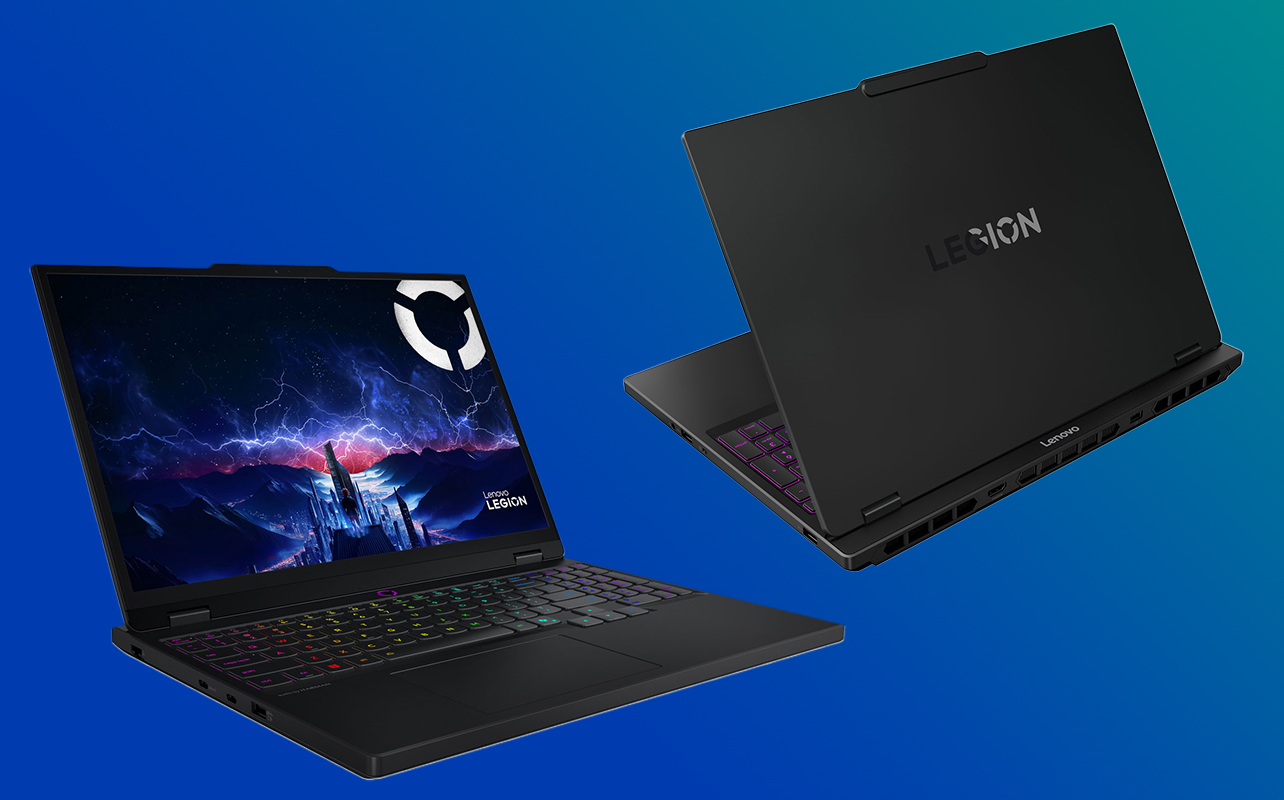
At this level, you get a blend of power, design, and advanced features. Expect GPUs like RTX 4070/4080 or RTX 5070 Ti/5080, 16GB–32GB RAM, and high-end displays such as QHD Mini-LED or OLED panels. These laptops don’t just play games, they’re also excellent for content creation and streaming.
- Alienware Aurora 16: Premium 16″ system with i7-1240H + RTX 5060, blending high performance with Alienware’s signature style and thermal design
- Lenovo Legion 7i 16: A top-tier gaming laptop i9-14900HX + RTX 4070, with premium build and advanced cooling to match
- ASUS ROG Strix G16: Stylish and powerful i7-14650HX + RTX 5050 with ROG’s refined cooling and RGB flair
- HP Omen Max 16: Cutting-edge pick with Ultra 7-255HX + RTX 5070, designed for high performance and thermals under pressure
What to expect: Near desktop-level performance, sharper and more vibrant visuals, premium builds, immersive audio, and a longer overall lifespan.
Ultra-premium and desktop-replacement gaming laptops ($3,000+)
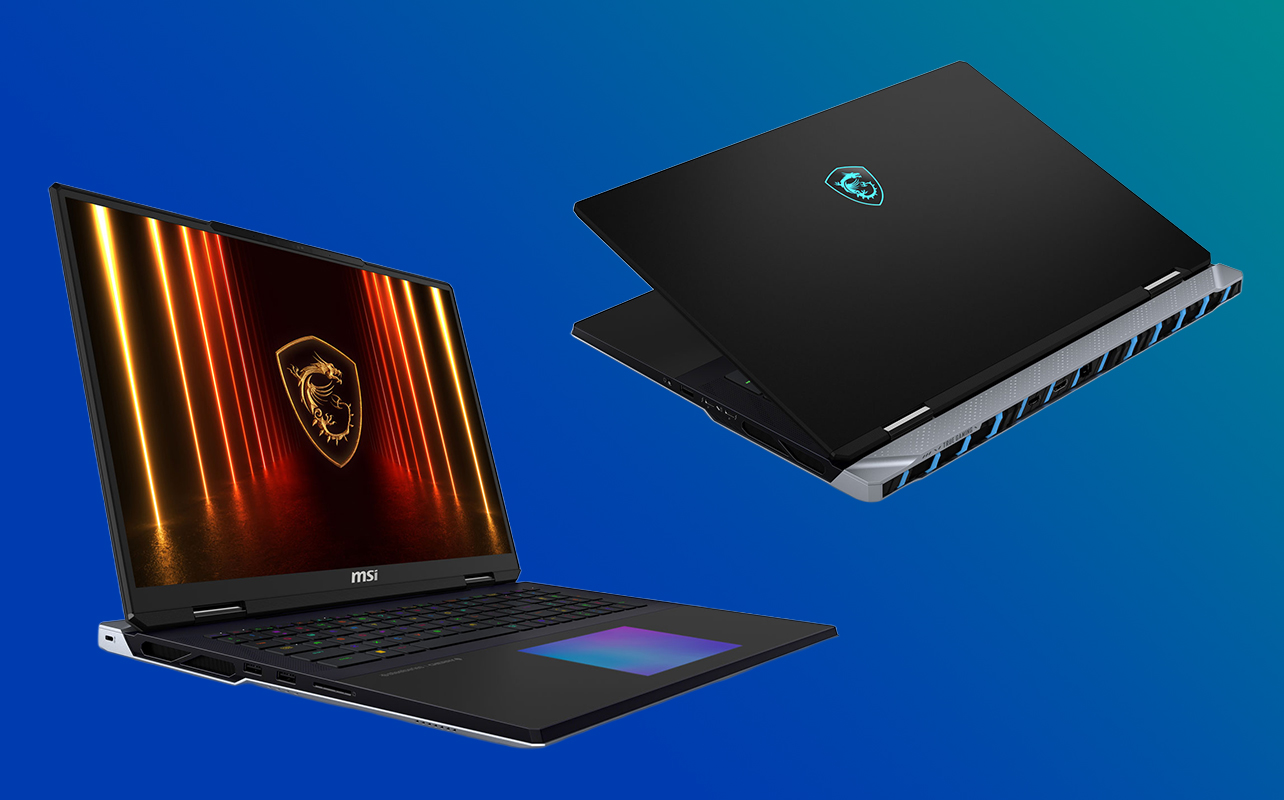
If budget isn’t an issue, this tier offers the absolute best gaming performance available in a laptop. These laptops are often equipped with RTX 5080 or RTX 5090 GPUs, Core Ultra i9 or Ryzen 9 HX CPUs, and enormous 17–18″ displays. They’re heavier and less portable, but deliver desktop-like power.
- HP Omen 16 Max: High-end 16″ performer Intel Ultra 9-275HX + RTX 5080, built for power users seeking top-tier gaming and multitasking
- MSI Raider 18 HX: An 18″ powerhouse Ultra 9-285HX + RTX 5090 in a bold chassis, built for extreme performance and immersive gaming
- ASUS ROG Zephyrus G16: Premium 16″ gaming machine Ultra 9-285H + RTX 5090 combo in sleek platinum white, offering top-tier power in a refined chassis
- ASUS ROG Strix SCAR 18: Flagship 18″ gaming titan Ultra 9-275HX + RTX 5080, with elite performance, advanced cooling, and pro-level power
What to expect: Stunning 4K/QHD+ visuals, 165–240Hz refresh rates, mechanical or premium keyboards, the loudest and most efficient cooling, and premium pricing for the best of the best.
Gaming laptop specs comparison by budget tier
| Tier | Typical GPU | CPU | RAM | Storage | Display |
| Budget (<$1,500) | RTX 3050/4050 (some 5050 late 2025) | Core i5 / Ryzen 5 | 8–16GB | 512GB SSD | 15″ 1080p, 60–144Hz |
| Mid-range ($1,500–$2,000) | RTX 4060/4070 or RTX 5060/5070 | Core i7 / Ryzen 7 | 16GB | 512GB–1TB SSD | 15″–16″ 1080p/QHD, 144–165Hz |
| Premium ($2,500–$3,000) | RTX 4070/4080 or RTX 5070 Ti/5080 | Core i7/i9 / Ryzen 9 | 16–32GB | 1TB SSD | 16″ QHD/4K, 165–240Hz (OLED/Mini-LED) |
| Ultra ($3,000+) | RTX 4090 or RTX 5080/5090 | Core Ultra i9 / Ryzen 9 HX | 32GB+ | 1–2TB SSD | 17″–18″ QHD/4K, 165–240Hz |
Finding the best laptop for your gaming journey
Every gamer’s journey looks different. Some are just starting out, happy to run their favourite titles at 1080p after class. Others push for the sharpest visuals, streaming late into the night on rigs that rival a desktop PC. What matters isn’t having the most expensive laptop it’s finding the one that feels built for your style of play.
From budget to ultra-premium, today’s gaming laptops offer more choice than ever.





